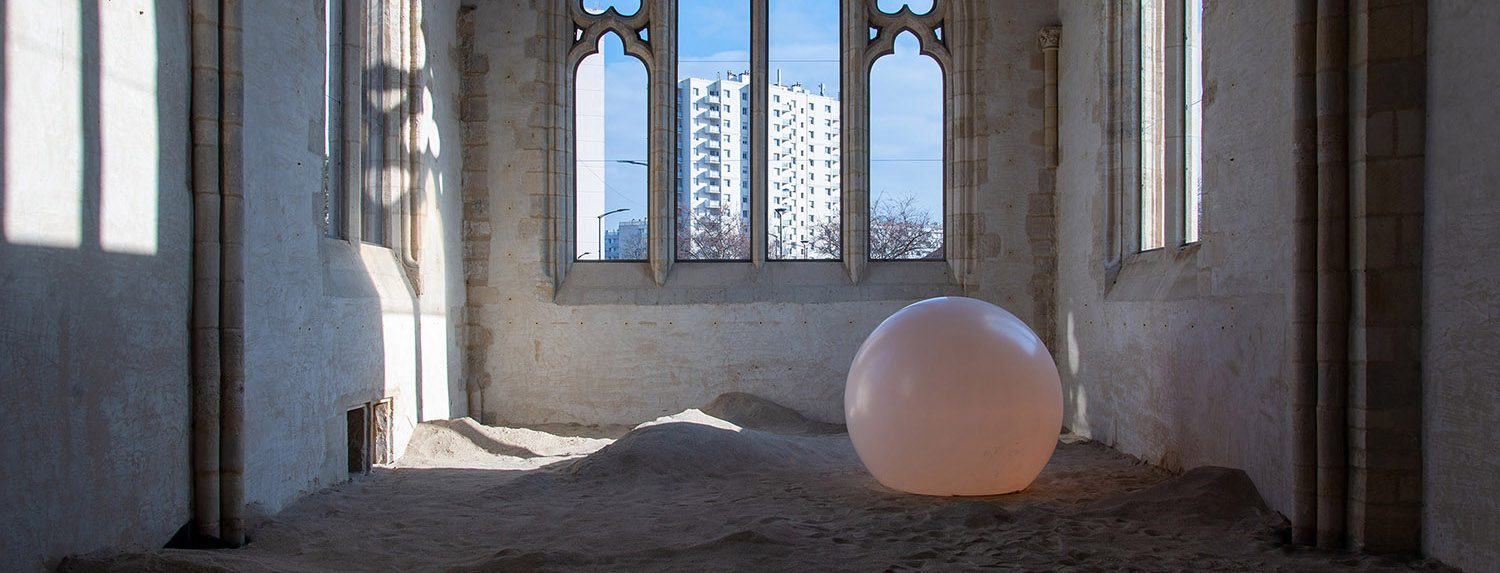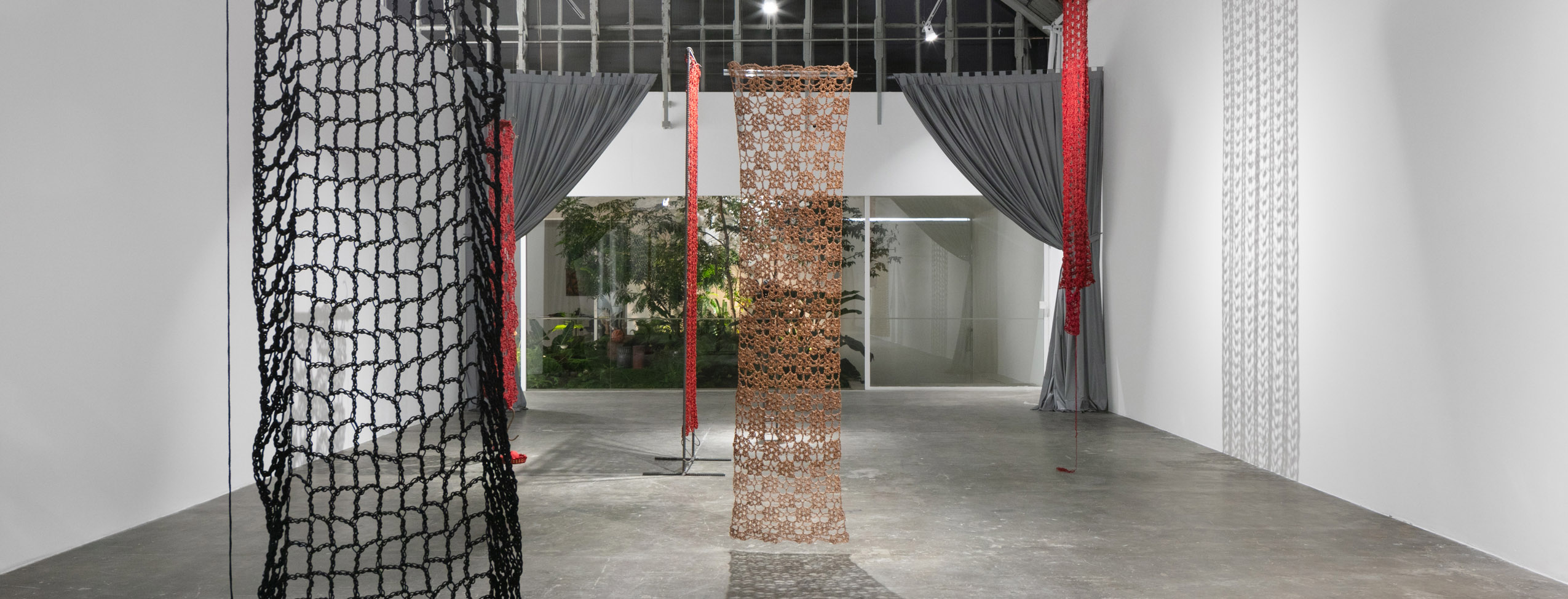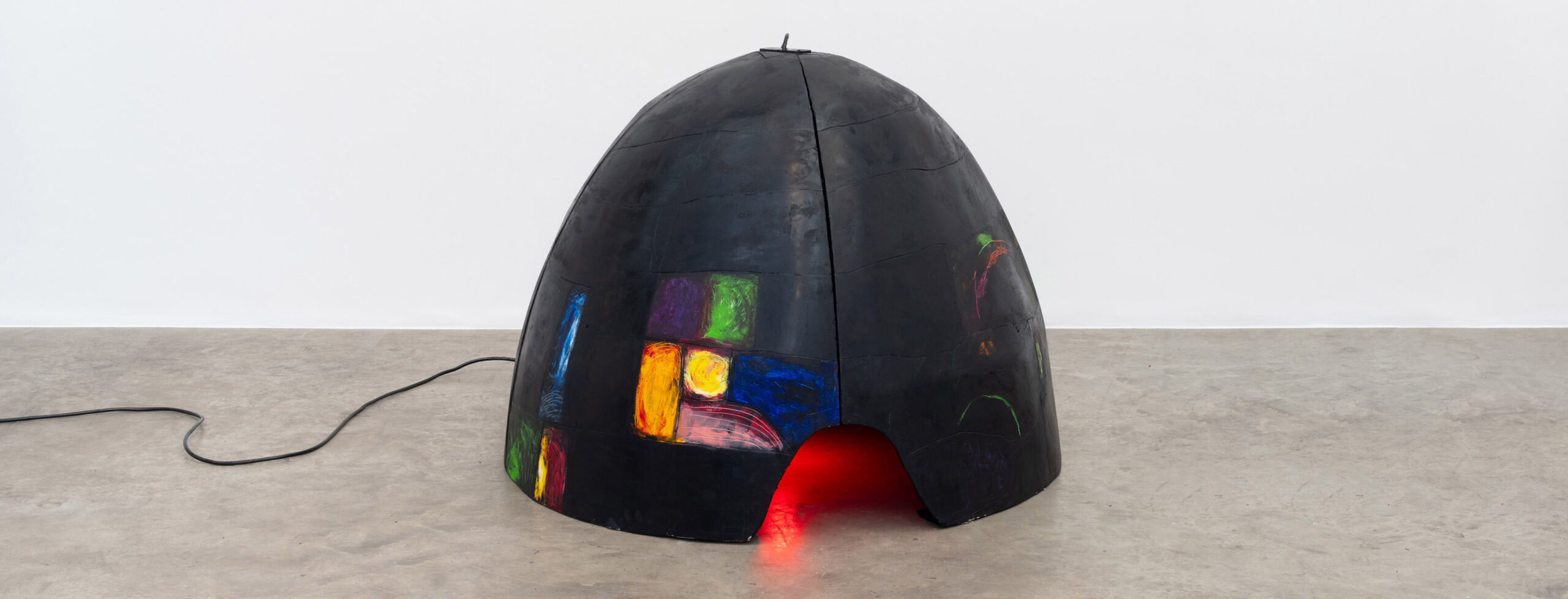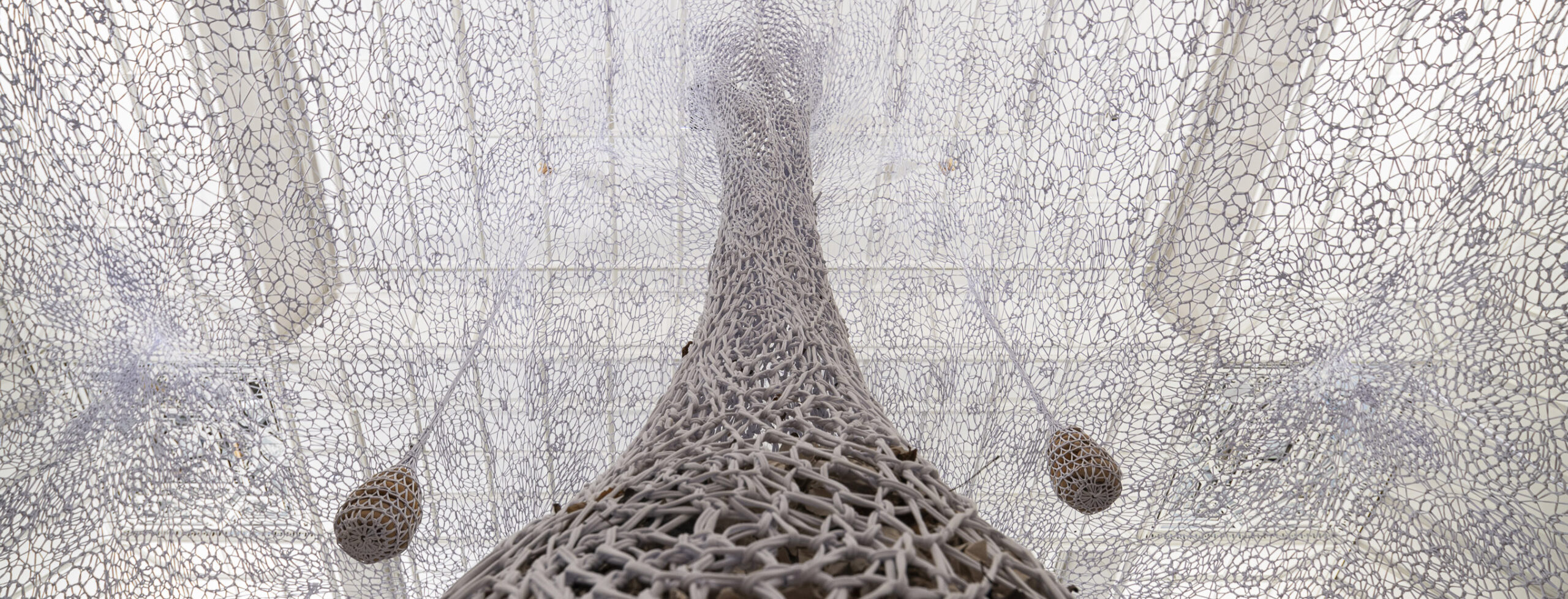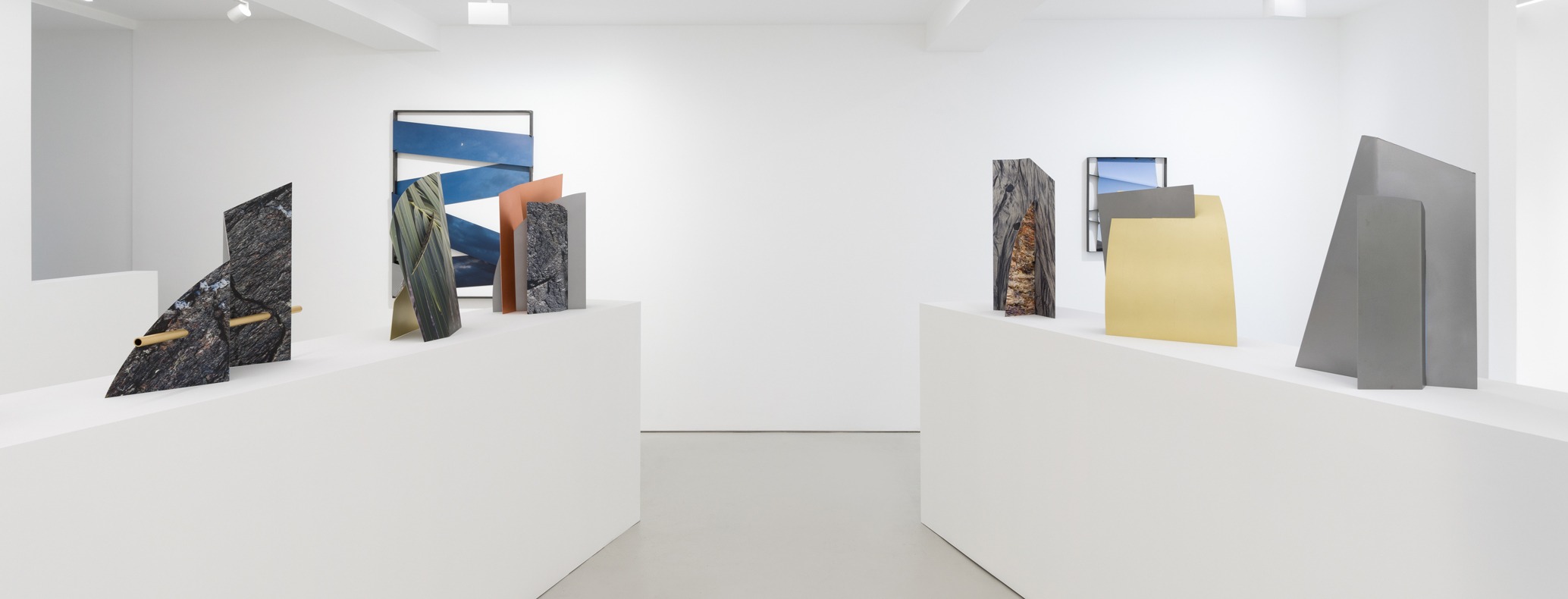Con una vida que se desarrolla entre las calles parisinas y Buenos Aires, María Ibáñez Lago, artista plástica y escenógrafa, se formó en Escenografía y Pintura en la Ecole Nationale Supérieure des Arts Décoratifs, París, en el taller de Zao-Woo-ki y en Argentina tomó clínicas con Diana Aisenberg.
Rebecca Warren
NEW YORK Matthew Marks Gallery Installed on tilted plinths and dollies, each of Warren’s figures seems poised as if in mid-movement. Heavily worked surfaces trace the energy and marks of the artist’s hand while also capturing light and sustaining the sensation of fluid, mutable form.
Tom Bevan
NORTHERN IRELAND Down County Museum Assembled from cardboard or mountboard (most of it taken from the bases of fruit and vegetable boxes), the small forms were then collaged with found, painted, and drawn images and written commentary. Though these “building blocks” may recall simple children’s toys, they also contain a very strong sociopolitical axis that demands to be “read.”
Time Levels: A Conversation with Claudia Wieser
German artist Claudia Wieser works with photo-based wallpaper, ceramic tile, and other seemingly decorative elements to create environments filled with crisscrossing historical and biographical narratives. Working between art and utilitarian object, she considers the various components in her structures, which refer to art, architecture, design, film, and theater, as “individuals in a constellation.”
Otobong Nkanga
DALLAS Nasher Sculpture Center Along the cord’s length, there is a rhythmic evolution to the colors: one section dark and earthen like compost, becoming a stringy, mottled cream, then a beetroot purple, studded with seeds. It is also punctuated by a number of enormous, milky glass beads in analogous colors. From afar this gives the form the look of an oversize rosary.
Open Intervals: A Conversation with Lucila Sancineti
Lucila Sancineti, a visual artist trained at the University of Buenos Aires and a literature instructor, continuously explores ways of working with matter. Her interdisciplinary approach to sculpture and installation employs painting, textiles, ceramics, and biomaterials to extend our perceptions of ordinary encounters, objects, and experiences.
Gabriel Orozco
MEXICO CITY Museo Jumex “Politécnico Nacional,” Gabriel Orozco’s first museum show in Mexico since 2006 and his most expansive survey to date, presents the work of a global artist who nevertheless remains emblematic of Mexico City’s contemporary art scene.
Alberto Giacometti and Huma Bhabha
LONDON Barbican Hovering somewhere between human and non-human, ancient and modern, the familiar and the strange, these are anti-monuments, cast in bronze from carved cork and skull fragments, their surfaces gouged and incised.
Folkert de Jong and Tild Greene
AMSTERDAM Projectspace 38/40 In some instances, we can recognize parts from everyday objects, while in others, we might incidentally mistake the sculptures for exposed MEP (mechanical, electrical, or plumbing systems) belonging to the site. The works clearly complement each other: the more subtle and abstract presence of Greene’s sculptures offsets the heavier and iconic presence of de Jong’s work.
Interstitial Existence: A Conversation with Kishio Suga
For six decades, Kishio Suga has explored the question of whether intentions adhere to things. One of Japan’s most important artists and a key figure in the Mono-ha movement, he began his career in the late 1960s, using natural and industrial materials to create temporary installations that aimed to show “the reality of mono (things/materials) and the jōkyō (situation) that holds them together.”



